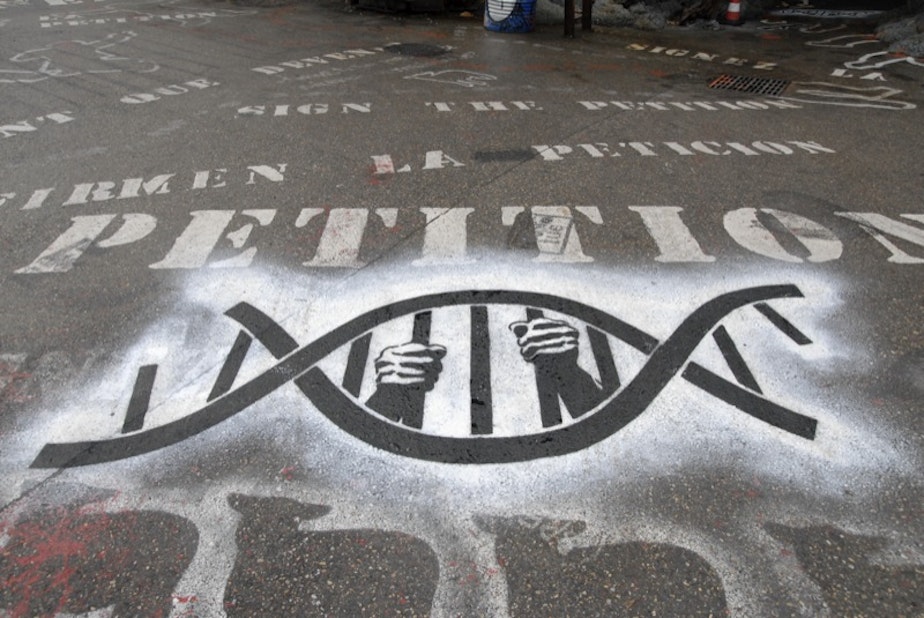DNA testing to unite immigrant families is more complicated than it seems

Late last month, a federal judge in San Diego gave the Trump administration two weeks to reunite children under five with their parents, after immigration officials separated them at the border as part of a deterrence policy.
The problem? Records weren't kept, or in some cases had been destroyed. The solution, according to the administration: DNA testing of the children and their purported parents, which has many concerned about the ethical implications.
Deborah Ahrens is a Seattle University law professor who joined Bill to explain the legalities of the process. They are questionable at best, and require the government to find a way around the 4th Amendment (as well as to find a way for children to give consent). At the moment, says the professor, there are many more questions than answers.

